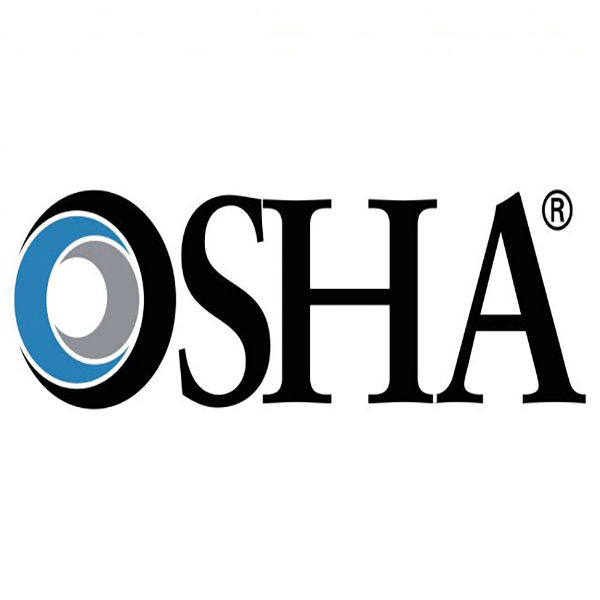Everyone is responsible for preventing falls when working on a roof. The building owner/property manager, the self-employed contractor, any subcontractor, and the worker are each responsible for safety considerations.
Health and safety on the roof start when the decision is made to access the roof or work begins near the roof edge. All aspects of working safely at a height should be considered. The general rule is that a fall protection system is required when a fall hazard is more than 10 feet, and the roof parapet edge is less than 42 inches tall. (plus or minus 3 inches).
Steps to Ensure Safety
Doing nothing to address safety is not an option. Effective controls must be in place to prevent harm to stay safe when working at a height. Key steps include:
Fall Hazard Roof Assessment
Eliminate the chances of a fall by doing as much preparation work as possible before work begins. Usually, this is done by doing a fall hazard roof assessment. The assessment report will review all aspects of safe access and egress for all work activities that may take place on the roof. The intent is to isolate the worker from the risk of a fall by using roof edge protection guard rails as a means of prevention. In some situations, a combination of controls will be required to ensure safe work.
Edge Protection
Edge protection should be used to isolate workers from falls. This includes guard rails, horizontal lifelines, localized tiebacks, and lifeline anchors.
Edge protection should be provided on all the exposed edges of a roof, including the perimeter of buildings, skylights, or other fragile roof materials, and for any openings in the roof. This also applies to openings and edges of floor areas. Where there is the risk of workers falling through openings in a roof, the openings should be identified and guarded.
Roof Assessment and Work Plan
A full hazard assessment of the roof is needed before work starts. Developing a checklist and work plan is good practice. Consider the following:
- Are workers trained or supervised to work safely on a roof, near the roof edge, or over the edge using suspended equipment?
- Is there safe access to all roof areas, including a review of access ladders and catwalks?
- Have the roof and fall arrest system been inspected, reviewed, and tested if needed? Has the building owner/property manager assured that the system is suitable for the intended work to access the building edge or facade safely?
- Have the contractors identified and understood all the access restrictions to protect them from falling off roof edges? Do they have a rescue plan?
- Are workers protected from falling through skylights, vulnerable penetrations, or other brittle roof conditions? Are people below the work protected from the dangers of falling materials?
- Are the weather conditions suitable for working on a roof, and do roof workers have appropriate footwear to prevent slipping?
- Have lower electrical hazards and vehicle traffic hazards been identified?
Additional Safety Considerations
Other possible considerations may be eliminating the hazard of falling from a roof and working from the ground using extension poles, scaffolding, and a mobile elevating work platform.
Legal Compliance
It’s the law – doing nothing is not an option! Compliance with the legal requirements of the Occupational Health and Safety Act is the responsibility of anyone associated with working at a height. The law recognizes that the building owner/property manager has the means to control, eliminate, isolate, and minimize fall hazards.
See federal OSHA’s new fall protection mandate that affects existing buildings with anchors.
Share this Post

